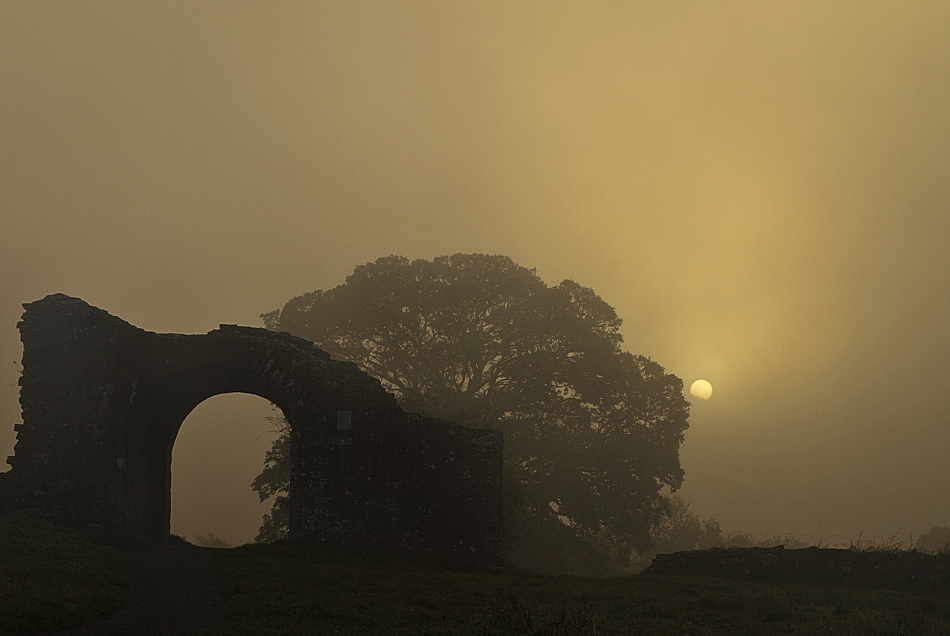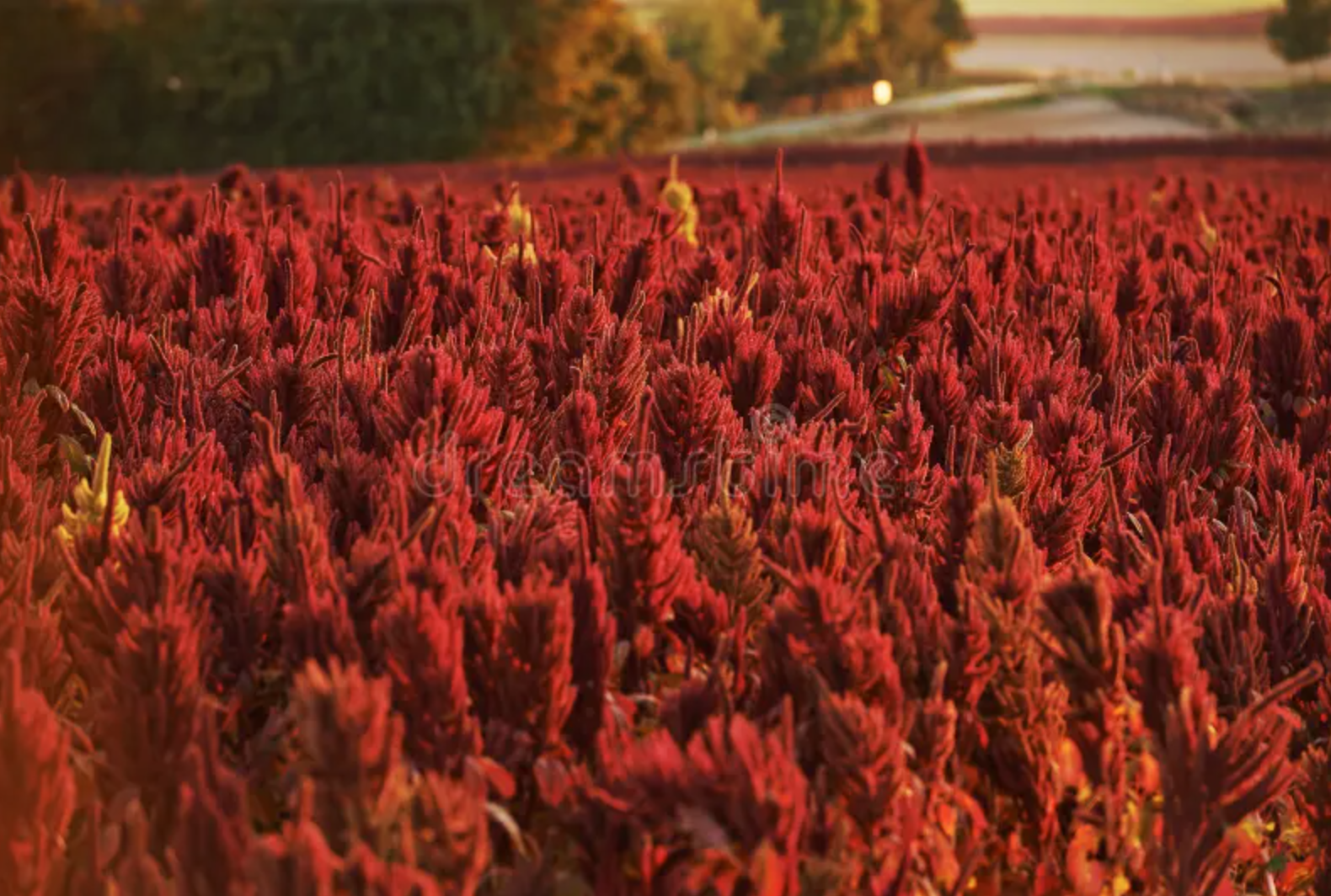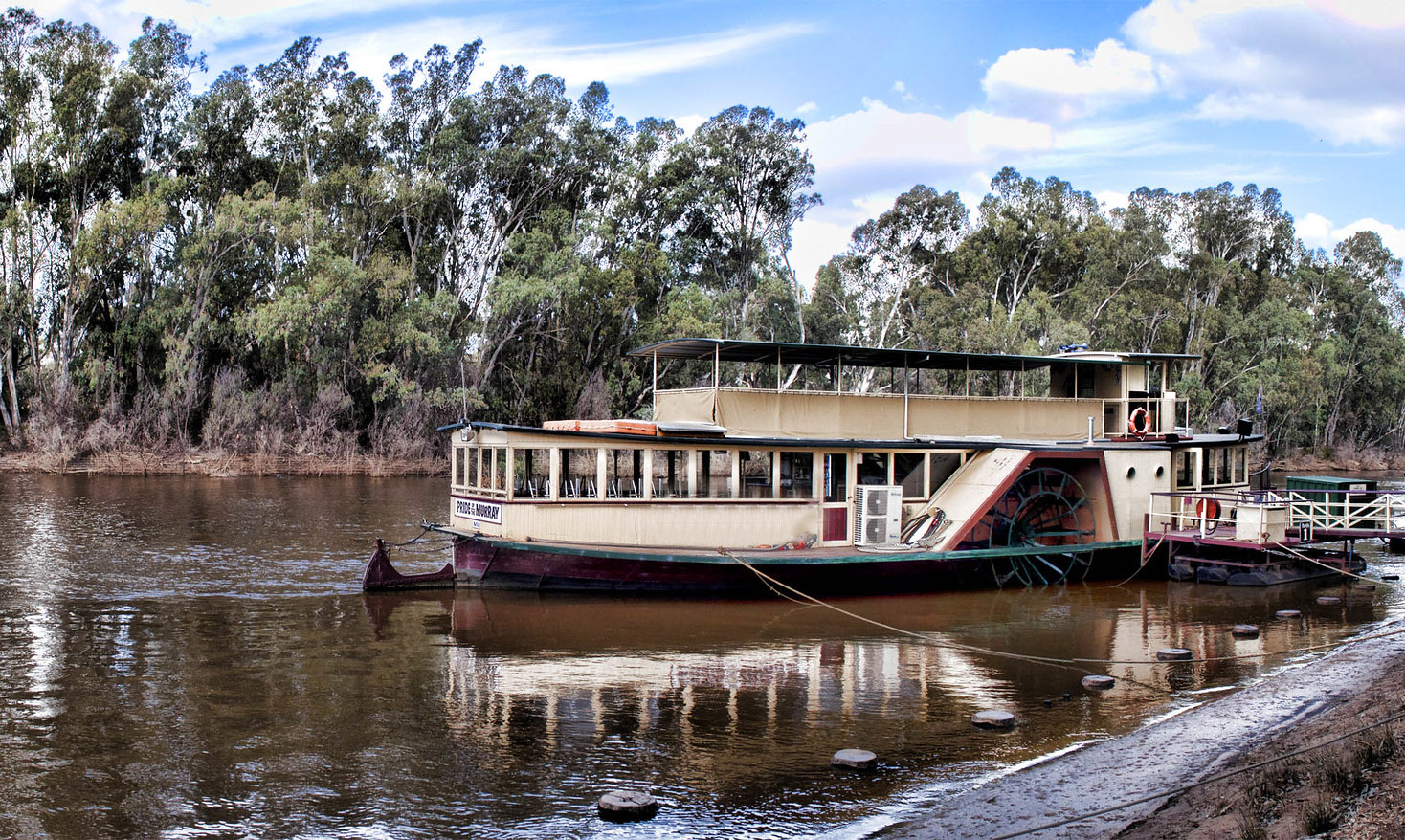Tygrar
Tygrar is the largest city in the Western Duchy of Dreibach. Its population is primarily Human, with significant Nuél-orokh, Gnomish, and Halfling minorities. The Torch of Tygrar, the westernmost of the nuél-orokh Prairie Clans, consider themselves the sworn protectors of its borders.
Tygrar has been razed and rebuilt several times in its existence, particularly during The Extinguishing. Its people pride themselves on their spirit and durability.
Demographics
Government
Tygrar traditionally elects two Lords Mayor. Elections for each seat are held every four years, staggered so that there are never two new mayors at the same time. The last disruption to this cycle was after the Y1107 disappearance of Mayor Stanaforth, less than a year after his initial election. Mayoral elections are town-wide spectacles featuring many debates and other events. Since the Y1090s, a strict two-month limit has been enforced on campaign announcements and advertisements.
At the same time as the mayoral election, each of the eight major neighborhoods in town elects or appoints a district supervisor to serve under the Lords Mayor. These ensure that the many disparate factions of Tygran life have representation in the government.
In times when Tygrar has been a part of a unified Dreibach, it has fiercely shunned traditional Dreibach-style inherited nobility or landed gentry.
Defences
Though various walls and gates have been constructed through the city as it grows and rebuilds,
Each of Tygrar's nine neighborhoods is equipped with a beacon, either on a hilltop, in an extant tall building, or in a specially made tower that functions as an inland lighthouse. The beacons are lit in times of danger, and all patrols of the Torch of Tygrar who see it are expected to come to the city's aid.
Infrastructure
The Dam of Tygrar creates the Orroboch Reservoir, an artificial lake on the Dreibach River. This helps regulate the region's flooding and sustains agriculture in the nearby fields. The river also powers the Goodbarrel Mill, one of the largest watermills in Dreibach.
Districts
Core District. The city center of Tygrar is densely packed and largely dedicated to municipal buildings, with most of its residents living in large common-houses for students and government workers. The Rahvusarchiv Dunzhanim's old central building and surrounding campuses take up much of the southern Core District, while the northern half is centered around the large public plaza in which the Mayoral Hall and Monument to the Torch sit. The plaza is at its busiest in the lead-up to the bi-yearly mayoral elections, when it hosts the majority of public debates and vote counts as well as the festivities surrounding them.
Gilded District. The town's northernmost district houses wealthy residents and the majority of the city's commercial hubs. Tygrar's Society for War Magicks, a hub for evokers and diviners, is hosted in a low-lying complex (not a mage tower, as is usual for wizards) in the middle of the district.
Ironbound District. The renowned smithies of Tygrar are primarily located in this northeastern neighborhood, which is centered around the Church of the Solar Forge. Elements of high elven culture, including neo-Bjálian architecture and elven art forms like opera, are more common here.
Lake District. The easternmost neighborhood of Tygrar is the Lake District, largely situated around the Orrobach Reservoir. It is one of the poorer neighborhoods of the town, but well-known for its lively atmosphere. Many young people and recent immigrants to Tygrar settle in the Lake District.
Provision District. This southeastern district is primarily populated by farmers, millers, brewers, bakers, and others in similar trades. With its proximity to the amaranth fields and the Goodbarrel Mill, it produces much of the town's food.
Bunk District. Most living space in the southern Bunk District is reserved for patrols from the Torch of Tygrar, as a place to rest and refuel between marches. It is exceptionally quiet when all patrols are away.
Antiquity District. The oldest standing buildings in Tygrar are largely concentrated in the southwestern Antiquity District, whose surrounding walls are the oldest standing fortifications of Tygrar. Though the exact location of the emergency fortifications for the collections of the Rahvusarchiv is unknown to all but its senior officials, they are widely believed to be somewhere within this district.
Hilltop District. The western Hilltop District sits at a higher altitude than most of town, within the northernmost foothills of the Hephaestan Ridge. It is more sparsely populated than other districts, with larger parcels of land where stables and riding grounds are common. A few alpine ski lodges sit on the westernmost side of town, though cross-country skiing and dogsledding are more common winter pastimes in the area. The outdoor music and theater festivals of late summer and early autumn are largely concentrated in the district.
Stallion District. Finally, northwestern Tygrar is known as the Stallion District, home to mostly middle- and upper-class residents. The largest arenas dedicated to Tygran Rodeo are located here. Residents of the Stallion District are infamously iconoclastic and clannish when it comes to local politics.
Gilded District. The town's northernmost district houses wealthy residents and the majority of the city's commercial hubs. Tygrar's Society for War Magicks, a hub for evokers and diviners, is hosted in a low-lying complex (not a mage tower, as is usual for wizards) in the middle of the district.
Ironbound District. The renowned smithies of Tygrar are primarily located in this northeastern neighborhood, which is centered around the Church of the Solar Forge. Elements of high elven culture, including neo-Bjálian architecture and elven art forms like opera, are more common here.
Lake District. The easternmost neighborhood of Tygrar is the Lake District, largely situated around the Orrobach Reservoir. It is one of the poorer neighborhoods of the town, but well-known for its lively atmosphere. Many young people and recent immigrants to Tygrar settle in the Lake District.
Provision District. This southeastern district is primarily populated by farmers, millers, brewers, bakers, and others in similar trades. With its proximity to the amaranth fields and the Goodbarrel Mill, it produces much of the town's food.
Bunk District. Most living space in the southern Bunk District is reserved for patrols from the Torch of Tygrar, as a place to rest and refuel between marches. It is exceptionally quiet when all patrols are away.
Antiquity District. The oldest standing buildings in Tygrar are largely concentrated in the southwestern Antiquity District, whose surrounding walls are the oldest standing fortifications of Tygrar. Though the exact location of the emergency fortifications for the collections of the Rahvusarchiv is unknown to all but its senior officials, they are widely believed to be somewhere within this district.
Hilltop District. The western Hilltop District sits at a higher altitude than most of town, within the northernmost foothills of the Hephaestan Ridge. It is more sparsely populated than other districts, with larger parcels of land where stables and riding grounds are common. A few alpine ski lodges sit on the westernmost side of town, though cross-country skiing and dogsledding are more common winter pastimes in the area. The outdoor music and theater festivals of late summer and early autumn are largely concentrated in the district.
Stallion District. Finally, northwestern Tygrar is known as the Stallion District, home to mostly middle- and upper-class residents. The largest arenas dedicated to Tygran Rodeo are located here. Residents of the Stallion District are infamously iconoclastic and clannish when it comes to local politics.
Guilds and Factions
The Blacksmith's Guild of Tygrar is famous across the western half of Belcantas for their high standards and sturdy, high-quality craftsmanship. Warriors of the Western Woods who favor metal weapons will often travel days or even weeks to get their armor and weapons made and serviced by Tygran smiths, whose techniques range from traditional human and dwarven methods to secretive elven technologies developed by the Church of the Solar Forge. Prices are quite competitive between shops, but some warriors complain about the slow rates of their craftsmanship due to their exacting standards of quality control.
History
Settlements have existed near Tygrar since the mid-to-late Age of Audacity, though they consistently struggled with attacks from roving bandits and Orokhim raiders. The town was burned down in The Extinguishing by Kishin the Indomitable and his forces. After the Prozhg'atua that ended the Extinguishing, the two daughters of Reshvaun Tsuun—Fyrga Reshvaunich Tygrarkhos and Grashna Reshvaunich Tygrarkhos—traveled back down the river to rebuild and reorganize the town. From there, they founded the Torch of Tygrar with several dozen of the other 119 nuél-orokh survivors, a peacekeping organization dedicated to protecting the area.
Points of interest
The Rahvusarchiv Dunzhanim is an archive, library, and museum in the heart of Tygrar, which contains and supports the town's most integral historical and educational organizations. It hosts culturally significant artifacts from the nuél-orokhim, western Dreibach, and the Western Woods, making it a key destination for scholars.
The Monument of the Torch, located in Tygrar's central plaza outside the Mayoral Hall, is a shrine to the people who have been lost in Tygrar's many struggles against invading forces. It is hollow on the inside, and people traditionally bring offerings of weapons, armor, and building materials like wood or stone, as a symbol of their pledge to help defend and rebuild Tygrar in times of need. The city traditionally either keeps these in municipal storage or redistributes them to young artisans who could not otherwise afford materials.
The Weeping Ruins of Tygrar are a series of crumbling stone walls—once a castle destroyed by raiders during the middle years of the Age of Anxiety—which whistle on days when the wind strikes from a particular angle. The rocks almost sound as if they are singing a lament. Mourners often spend time at these ruins and lay offerings at their base; some claim to have seen and touched the ghosts of their loved ones here on days when the song of the wind is at its loudest.
The Church of the Solar Forge is the most famous example of the neo-Bjálian architecture commonly seen in the town. It is the tallest building in Tygrar, and the largest monument of the Wild Dynasty west of Val-Nurem.
The Crimson Fields on the southeast side of town are a vast patchwork of amaranth farms that bloom a beautiful reddish-purple shade during late summer and early autumn. Local painters and quilters often depict the violet-red hills in works that represent the landscape of the town. In the land just outside these fields, the wild grasses of the Dovrian Plains have hybridized with the cultivated amaranth nearby, resulting in patches of wild grasses that turn bright red in late summer through fall. This region is known as the Ruby Steppe, and is a welcome signpost to travelers from the south and southeast that they are no more than a day's walk from Tygrar proper.
The Bank is a large paddleboat that floats on the Orrobach Reservoir and hosts a lively saloon. In addition to the usual games of cards, darts, and chess, unofficial contests of diving and mud-wrestling often break out among the rowdy patrons. The bar's owners—an orokh and a gnome named Vilfram and Vjülfrum, respectively—have reluctantly given up on stopping these and hired lifeguards to mitigate the potential risk. The Bank is not to be confused with the Bank of Tygrar, a small financial institution.
Architecture
Most of Tygrar's newer architecture is largely brick, though occasional use of timber is not uncommon. Older Tygran buildings often use stone from the western foothills and the Hephaestan Ridge; this practice has largely been discontinued in the Age of Complexity, as the ridge has become more dangerous. Neo-Bjálian influences from the High Elf Diaspora are a unique feature of Tygrar's architecture, primarily seen in the northern and northeastern districts.
Natural Resources
Amaranth grows particularly well in the Tygran climate. It is a major staple crop eaten in salads, baked as flour, boiled as a porridge, fried in oil until it pops, and brewed into a strong alcohol known as bloodwhiskey or crimson whiskey.
The land north and east of Tygrar has less fertile soil with a higher clay content. Clay for the town's many brick buildings is largely gathered here. This region makes for excellent pastures for sheep, goats, and wildebeest. This is also where the famous sun stallions of Tygrar are bred.
"Asperava hiruvar forctus"
("From adversity, find strength") A panoramic view of Tygrar.
Type
Town
Population
69,500
Inhabitant Demonym
Tygran
Location under
Included Locations
Ruling/Owning Rank
Owning Organization
Related Tradition (Primary)
Related Professions









Comments